PUTTING ON THE DOG - The Animal Origins of What We Wear
In Putting on the Dog, Melissa Kwasny explores the age-old relationship between humans and the animals that have provided us with our clothing: leather, wool, silk feathers, pearls, and fur. Kwasny offers firsthand accounts of hunting and farming traditions and manufacturing methods—aboriginal to modern—and descriptions of the marvel and miracle of the clothing itself.
Below Kwasny focuses on sheep’s wool, which accounts for the majority of the world’s animal fiber. Wool has several qualities that distinguish it from goat hair or rabbit fur, though it is made out of the same protein—keratin. Wool is water-absorbent and fire-retardant. It comes naturally in a range of colors and can be easily dyed. Plus, it smells good. Another advantage: it comes from sheep, which are small, docile, easily handled, and cheap to raise.
The Hilger Ranch lies under the Sleeping Giant, a mountain seemingly capable of rising and lumbering through the Helena Valley thirty miles south of it. Bordering the ranch is the historic Gates of the Mountains, a portion of the Missouri River that flows between high sandstone cliffs marked with pictographs and thousand-year-old trails, so named by Lewis and Clark, who camped along its banks in 1805. When I arrive for the annual sheep shearing, it is an unusually warm afternoon in early March, at least sixty degrees.
Outside a large, weathered barn, I meet a grouup of four women, standing around what I recognize as a “skirting table.” Jeanne deCoster introduces herself first as the owner of a yarn company based in California called Elemental Affects. She has been buying from the Hilger Ranch for fourteen years. The atmosphere seems one of camaraderie and shared information. DeCoster’s company, she tells me, specializes in developing yarns from “primitive breeds of sheep,” the North American Shetland and an heirloom Romney, as well as a blend of Merino and silk. Cathy Campbell, owner and manager of this ranch, raises over four hundred Shetland sheep, making hers the largest flock of Shetlands in North America.

Shetlands are an ancient breed from the Shetland Islands off the northern coast of Scotland. Their wool is known for being so fine that traditional shawls knit from them could pass through a wedding ring. Like the original wild sheep, they still produce two coats, a soft inner one and a longer, coarser one. In addition, they come in multiple colors. Stapled to a fence post nearby is a list of eleven of them, some in the old Norse language still used for grading: emsket (a bluish grey), shaela (a charcoal grey), musket (a pale greyish brown), mioget (yellowish brown), and moorit (reddish brown). Behind me under a temporary tent, bins are filled with airy piles of shorn wool labeled with these names, as well as with white, black, fawn.
Huddling together in the barnyard nearby, naked, white-skinned, and nicked, are several dozen poodle-sized sheep. I hear the buzz of the shearing tools begin and proceed to the dark, cool barn where, over the noise, I introduce myself to a stout, gray-haired woman in overalls who I assume is Campbell. Three men—two Peruvians and one Montanan, I learn later—each bend over a pregnant ewe, wedged on her backside between his legs. Their little tummies straddled, the sheep stare ahead unblinking and don’t flinch.

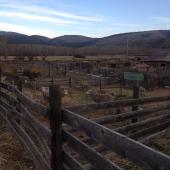

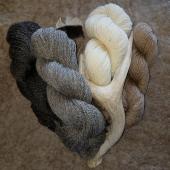
Most large ranches in the West employ shearers and shepherds from Peru or Chile, whose ancestors learned their trade from Spanish Basques. It is estimated that about fifteen hundred shepherds spend the winter in the American West, working on guest visas, flying back home, as these two do, a couple times a year. Like much agricultural work in America, sheepherding has become an immigrant’s job—low paying, dirty, physically demanding.
Denis, who has been working for Campbell for sixteen years, is fast and expert, shaving the fleece so that it falls all in one piece, the ewe barely moving until he lets her go and she runs out the shoot into the corral with the others. Master shearer, shepherd and advisor, he leans forward over a swing attached to the ceiling, a tool that I imagine saves his back from injury and allows him to shear sheep after sheep for hours without a break. There are tricks to shearing—placing a boot just so next to a sheep’s leg to steady her, pressing down on a hip to quiet her—that take years to master. The apprentice leaves a sheep full of small nicks that bleed, but she, too, doesn’t grimace and sprints out the door when she is done. By the time evening comes, Campbell says, they will have shorn 136 bred ewes.
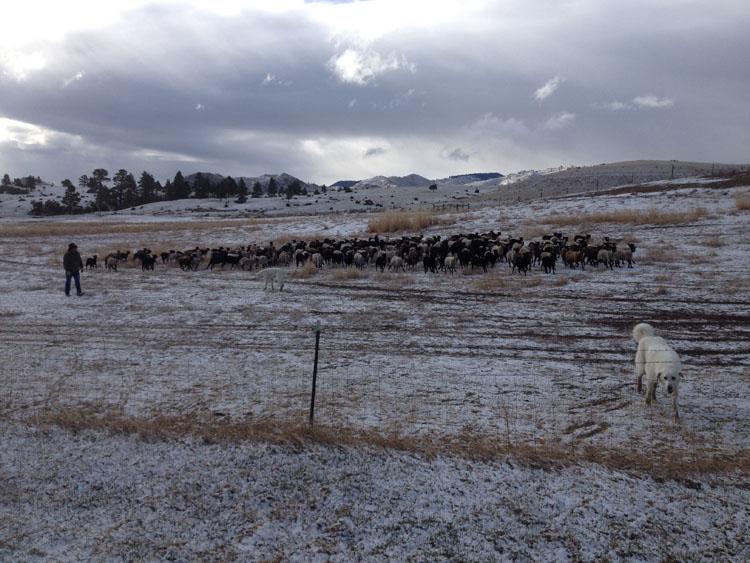
When a fleece is shorn correctly, it comes off in one piece, remarkably larger than the small creature now quivering outside without its coat. An expert shearer will also cut out any unusable parts, such as soiled lower leg wool, butt bits, or groin and belly wool. Campbell gathers the fleece from the floor and takes it outside. In an expert motion, she unfurls it onto the skirting table, the side closest to the skin down. Skirting is the process of hand-removing stains, cuts, and vegetable matter from the wool before it is ready to sell. Consequently, the skirting table is a frame with an open top across which PVC pipes have been spaced an inch or so apart, allowing the wool debris to fall between them.
Because breeding sheep involves producing more and more sheep—it’s not an old folks home, sheep breeders are known to say—the ranch naturally has to decide which sheep won’t make it to the next year. Some will be sold as lambs for food. For the older ewes, rams, and werthers (castrated males), their meat will be processed by a local butcher and, since, as Campbell says, hardly anyone eats mutton in America, it will be given to the homeless.
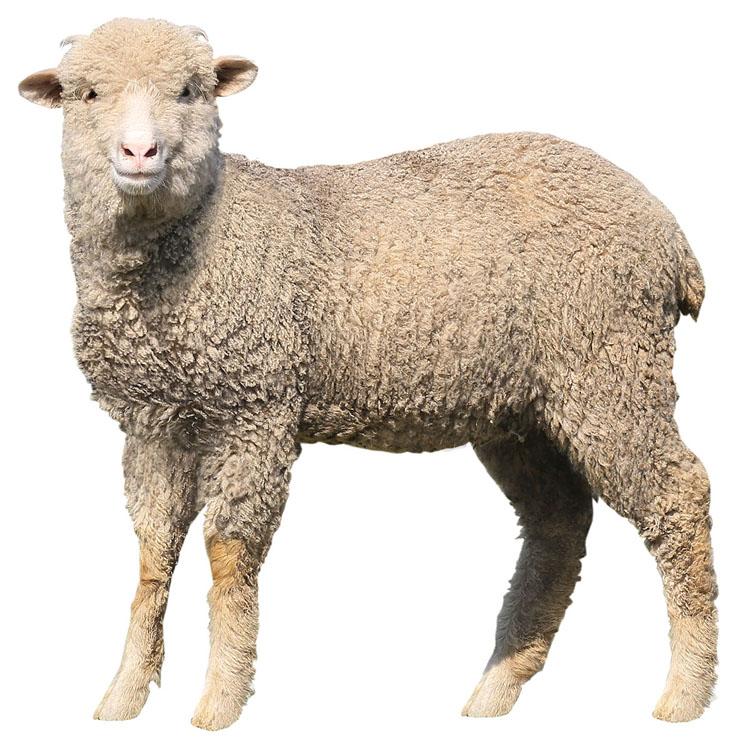
Wool refers to the entire fleece but also to the extra fine fibers it consists of. Fibers are measured in micron counts (a micron is one-millionth of one meter). Most usable wool falls in between 10 and 35 microns. In comparison, a human hair averages 50 microns. Some sheep “locks,” or tufts, are crimped, some straight. Some are an inch long, some seven, eight, up to sixteen inches, the tips sometimes darker, as if a blond’s dyed hair were growing out. Meticulous records of breeding and of the resultant fleece are kept by most serious breeders, in what Campbell calls the “world’s biggest genetic experiment.” Shetlands are called “primitive” because their breed has somehow escaped the push for improved breeds that swept the market in the wake of the nineteenth century. Improved usually means bred to have

“There is a growing awareness,” deCoster explains, “of where our food and now clothing comes from. Ten years ago, about two percent of the market wanted natural colors or primitive blends. ‘It’s not soft!’ they’d complain, those who were used to commercially bred, soft, white Merino. But people are asking more often about the animal, how it was raised, how it was treated.”
“Instead of saying, ‘It’s good with gravy,’ as I do,” teases Randy, a volunteer.
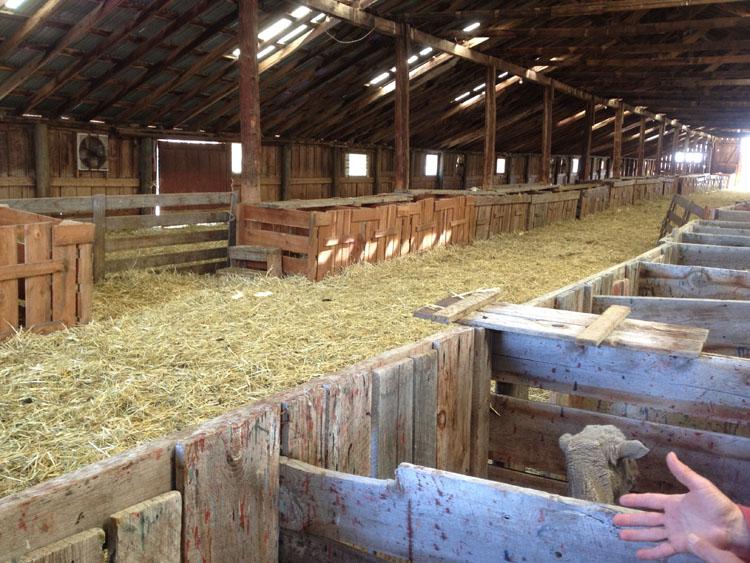
In the book Kwasny also visits the Sieben Ranch, run by the family of Max Baucus, where they raise Rambouillets—a French-bred merino for the meat and wool market—and Thirteen Mile Lamb and Wool Company.
Animal Fibers
Spinning animal hair into fibers that can be knitted or woven into clothing has been crucial for human survival in wet and cold climates for millennia. Although wool is the world’s most popular fiber, our closets often contain fiber gleaned from a startling range of animals. Cashmere, for instance, is spun from the softest undercoat of goats, the hair closest to its skin. It takes the hair from three goats, producing four ounces each, to make a cashmere sweater. Another prized fiber, mohair is made from a distinctive, single-coated goat, the Angora, which originated in Ankara, Turkey, hence its name. These goats can produce up to a quarter of their body weight in wool.
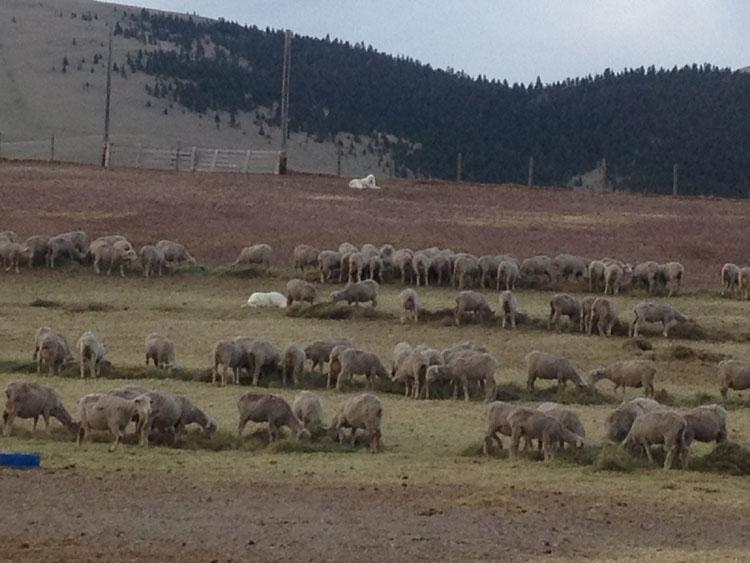
The Angora goat, which produces mohair, is not to be confused with the product called angora. Angora, the material, is collected from domesticated Angora rabbits, which look like fluffy couch pillows, peeking out from the satiny, long, white plumes they were bred for. Alpaca, on the other hand, is thick and thermal. Made from the hair of a smaller cousin of the llama, wool sheared from alpaca has no lanolin and must be blended with silk or cashmere to make it softer.













Leave a Comment Here